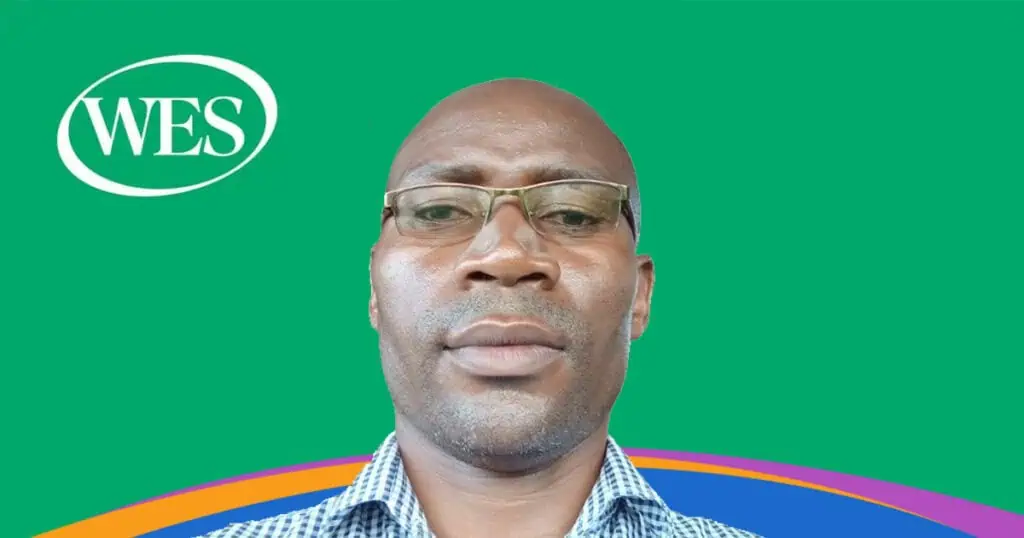The United States offers a serious advantage over other study abroad destinations: It offers Optional Practical Training (OPT) to international students who have completed one full year of academic study in the U.S.
OPT means that new graduates may begin to accumulate paid work experience in their field. After graduation, they can stay in the country and work for 12 to 36 months. Though they might have entered the country on an F-1 visa—or a “student visa”—they can start working in their field of study without changing their visa status.
Optional Practical Training can also help individuals land a more permanent job. With work experience and connections in their field, students can potentially extend their stay in the country by finding work and pursuing an employer-sponsored visa once they are no longer in school.
However, there is one setback you should keep in mind: The U.S. currently faces a lengthy OPT processing backlog, and applicants can wait up to five months to receive a response.
So there are two factors to consider:
- Optional Practical Training gives international students a great opportunity to obtain work experience in the U.S.
- But OPT processing times can make it difficult to plan your next steps after graduation.
Is it still worth it to apply for OPT?
This article can help you decide. Below, learn all about Optional Practical Training.
The Benefits of Applying for OPT After Graduation
After graduation, would you prefer to return home or extend your stay in the U.S. through OPT?
Even if you do not yet have an internship or job offer, you can apply for OPT.
According to the Pew Research Center, between 2004 and 2016, about 1.5 million international students received authorization to participate in OPT after graduating in the U.S.
Unlike the H-1B working visa, there is no annual cap on the number of international students that can obtain OPT.
However, OPT must be approved before you can start working.
Once you are approved for OPT, you will receive an Employment Authorization Document (or EAD card). This allows you to apply for a Social Security number (SSN). A SSN is necessary to get paid in the U.S.
Here’s one more important detail: OPT employees pay fewer taxes than those authorized to work with an H-1B. That’s because they only pay federal and state taxes. H-1B visa holders pay not only federal and state taxes, but also FICA (Federal Insurance Contributions Act) taxes—which go toward Social Security and Medicare.
Lastly, make sure that you are not unemployed for more than three months under OPT—which can be grounds for cancellation.
Best Locations and Fields of Study for OPT
There are two main factors that determine a student’s chances of getting hired on OPT: city size and industry clusters. This means you need to think about whether employers in your field are concentrated in the area where you’re applying, and whether they’re hiring.
It can help to choose a school and major based on the career that you would like to have after graduation. Consider whether your school is close to a highly populated, metropolitan area, and which industries are popular there. If you are skilled in a high-demand field, it is more likely you will find a job on OPT.
According to Brookings, 45 percent of international students complete their OPT in the region where their school is located.
For example, 85 percent of those who attend schools in and around New York City find OPT positions locally.
Rounding out the top five metropolitan areas with OPT employees are:
- Seattle-Tacoma-Bellevue (84 percent)
- Honolulu (83 percent)
- Los Angeles (78 percent)
- Boston (72 percent)
According to Pew, 53 percent of OPT applicants are STEM graduates—those who studied science, technology, engineering, or mathematics. Since April 2008, STEM graduates have been eligible to apply for a 17-month OPT extension, which had already been extended to 24 months for STEM graduates in 2016. These extensions are in addition to the traditional 12 months of OPT.
Since August 2018, there is another advantage that OPT STEM majors can enjoy: As long as they are a valid employee, their employer can place them off-site. For example, they can be employed by a New York-based entity and sent to a third-party client’s work site in San Francisco.
Related Reading
OPT Application Timeline
Completing the OPT application and submitting it to U.S. Citizenship and Immigration Services (USCIS) takes time and requires paperwork. You absolutely can’t miss deadlines. However, you can submit your application either before or after graduation. In light of the processing delays, starting before graduation makes more sense.
The earliest date you can submit the application is 90 days before your graduation date (the last day of the final quarter). Within 60 days of your graduation date, your application must arrive at USCIS—otherwise you will miss the deadline.
It will take USCIS at least 90 days to process your application. As stated earlier, applicants are now encountering processing times of up to five months. If you wait too long, you might be unable to acquire a summer job. If you already have an internship or job lined up, a delay in OPT processing could put your commitments at risk.
Remember that once the government approves your application, you will still need a Social Security number to start work in the U.S. You should consider the time it will take to apply for and obtain your SSN. This will give you a more realistic timeline for finding a job after graduation.
Final Tips for International Students
Here are some tips to help you decide whether Optional Practical Training is the right choice for you:
- OPT is a great way to obtain work experience in the U.S. Even if you plan to return to your home country, future employers are likely to value your work experience in the U.S.
- If you are seeking a local job opportunity, start networking with alumni and professors. They are usually receptive and helpful to students.
- Find employers who value your international status. Start with the metro areas mentioned above, even if you did not go to school there.
- Be decisive and apply early!
Keep Reading





